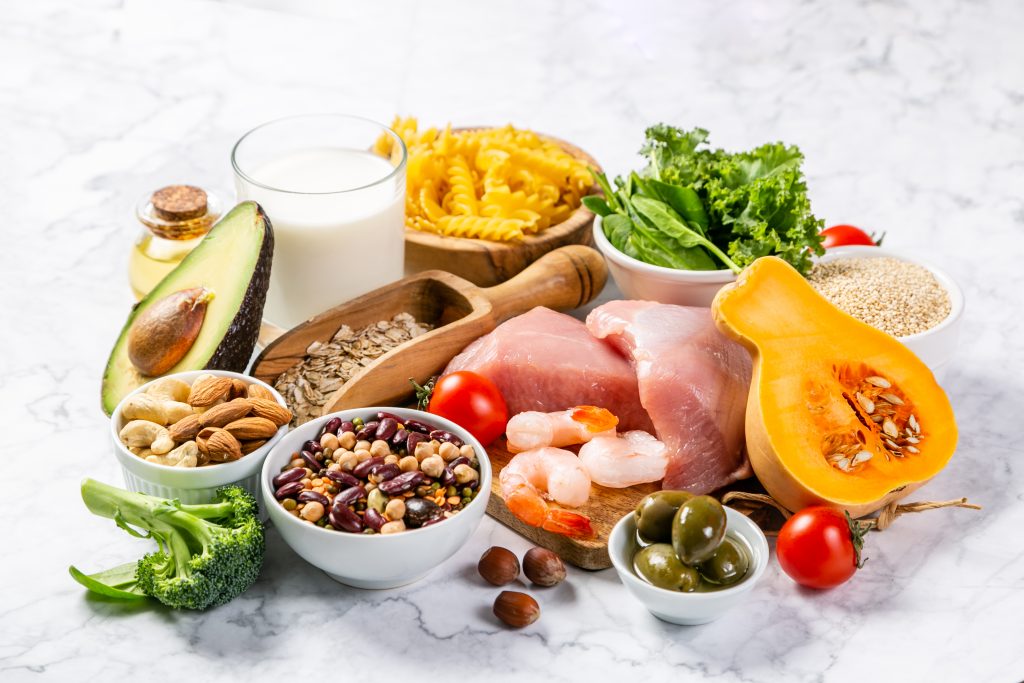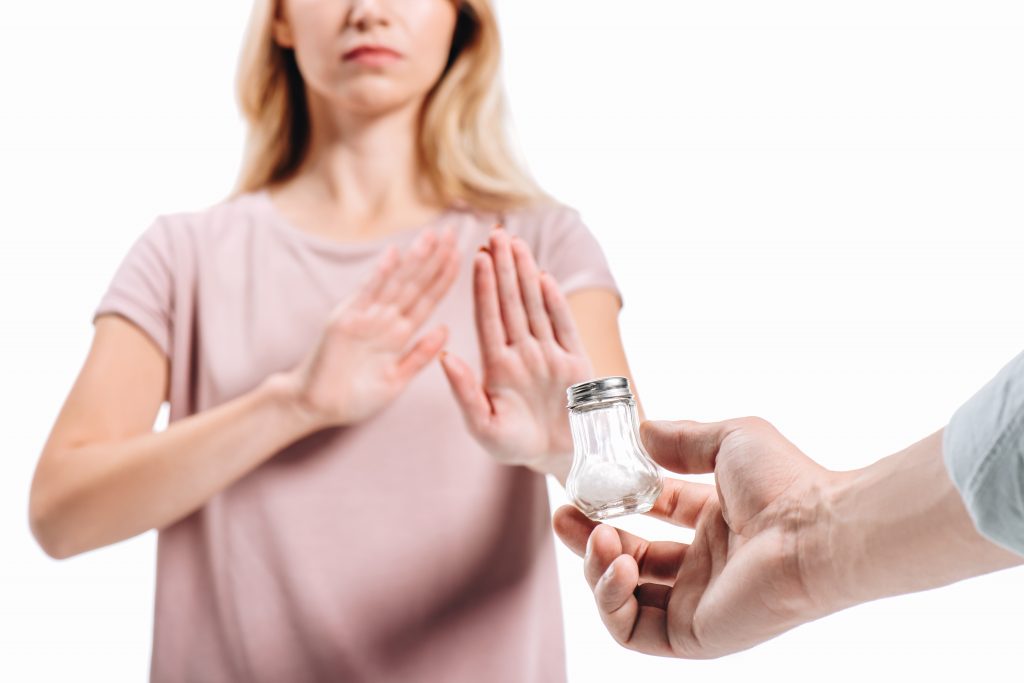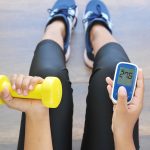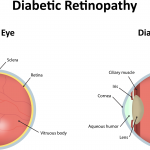November 11, 2021
The Best Diet for Blood Pressure Control
Medications are a standard treatment for high and low blood pressure, but certain foods can also be highly effective at helping you control blood pressure. In some instances, making just a few changes to your diet can go a long way toward helping you achieve healthy blood pressure numbers.
Keep reading to learn more about the best diet for blood pressure and which foods you can eat to maintain good heart health.
What Is a High Blood Pressure Diet?
A high blood pressure diet (or a low blood pressure diet, depending on who you talk to) is a diet that helps you maintain healthy blood pressure levels. Foods containing lots of vitamins, minerals, and other nutrients can often naturally reduce high blood pressure.
A high blood pressure diet can effectively improve your blood pressure to where you do not have to take medication to control your blood pressure. These diets often help you lose weight. They can also help with problems with water retention.
Some cases of high blood pressure are caused by diet. Too much salt or sodium in your diet can cause high blood pressure, as well as too little potassium. High alcohol intake is another contributing factor to high blood pressure.
Low blood pressure is rarely caused by diet, though lack of iron, folate, and vitamin B12 may cause low blood pressure. Low water intake and dehydration are other potential causes of low blood pressure.
Regardless of whether you have high or low blood pressure, focusing on your diet can usually help you improve your blood pressure levels.
What’s the Best Diet for High Blood Pressure?
The DASH diet may be the best diet to lower blood pressure, as it includes foods packed with nutrients known to naturally control blood pressure.
The DASH diet stands for Dietary Approaches to Stop Hypertension diet. It increases your daily fruit and vegetable servings, limits salt intake, and decreases lean meat intake to help effectively reduce your blood pressure. It has been shown in various studies to lower your blood pressure by 5-10 mmHg.
The DASH diet is a 2,000-calorie per day diet that includes:
- Vegetables, including Swiss chard, carrots, and celery
- Fruits, including grapefruit, blueberries, and raspberries
- Whole grains, including amaranth
- Fat-free or low-fat dairy, including Greek yogurt
- Fish, including fatty fish like salmon, tuna, and mackerel
- Poultry
- Beans, including black, pinto, and kidney beans
- Nuts and seeds, including pumpkin seeds, pistachios, and flax seeds
Here are recommended daily serving sizes for each food group under the DASH diet:
- Vegetables: 4 to 5 servings. One serving is equal to 1 cup of uncooked leafy greens or ½ cup of raw or cooked vegetables.
- Fruits: 4 to 5 servings. One serving is equal to one medium-sized fruit or ½ cup of fresh or frozen fruit.
- Whole grains: 6 to 8 servings. One serving is equal to one slice of bread or ½ cup of cooked rice or pasta.
- Dairy: 2 to 3 servings. One serving is equal to 1 cup of yogurt or 1.5 ounces of cheese.
- Fish and poultry: No more than six 1-ounce servings. One serving is equal to 1 ounce of cooked fish or poultry, or 1 egg.
- Beans, nuts, and seeds: 4 to 5 servings. One serving equates to ⅓ cup nuts, 2 tbsp of seeds, or ½ cup of cooked beans.
If you don’t like following a strict diet, work on reducing your salt and sodium intake to a maximum of 2300mg daily, doctors advise.
Here are ways to reduce your sodium intake:
- Avoid adding table salt to every meal.
- Flavor your meals with natural herbs and spices instead of salt. Chili powder, paprika, oregano, thyme, rosemary, and cumin are some of the many flavorings that offer more nutritional benefits than table salt.
- Avoid eating canned fruits and vegetables, which typically contain high amounts of sodium.
- Make your meals at home using fresh, whole, “one-ingredient” foods.
- Avoid eating processed foods, which are usually loaded with sodium and sugar. Frozen meals, crackers, baked goods, canned goods, sandwich meats, and boxed meals often contain lots of sodium.
- Read the ingredient labels on all foods—including those labeled “organic,” “all-natural,” or “sodium-free,” to confirm they do not contain added salts and sodium. Some of these food products contain salt and sodium despite advertising that they do not contain these ingredients.
Along with reduced sodium intake, a Mediterranean diet can also help you to lose weight which can help with blood pressure control.
Other effective ways to reduce your blood pressure through diet include:
- Snacking on fruits and vegetables between meals, instead of on bread, crackers, granola bars, and other processed snacks.
- Replacing white bread and pasta with whole-grain bread and pasta.
- Eating fresh fruit instead of drinking fruit juices, which tend to be loaded with high amounts of sugar.
- Eating smaller food portions if you are currently overweight.
- Reduce alcohol consumption. Reduce or stop nicotine products and engage in regular exercise.
Which Foods Should Be Included in a High Blood Pressure Diet Menu?
Foods included on a high blood pressure diet menu are generally low in salt and sodium. Most doctors recommend consuming no more than 1,500 mg of sodium a day, though some doctors may suggest consuming no more than 2,300 mg a day.
Green leafy vegetables are an essential part of a high blood pressure food. These foods contain most essential nutrients as well as beneficial anti-oxidants.
Potassium helps your body eliminate sodium through urine, which is why a diet low in potassium may cause high blood pressure. Your doctor may recommend eating foods with high amounts of potassium to prevent sodium from building up in your bloodstream.
The DASH diet is one of the most highly recommended diets for people with high blood pressure. DASH stands for “Dietary Approaches to Stop Hypertension.” Foods in the DASH diet are high in potassium, magnesium, and calcium. All these nutrients can naturally control blood pressure. The DASH diet also limits foods that are high in sodium, sugar, and unhealthy fats.
What Are the Benefits of a High Blood Pressure Diet Plan?
 A high blood pressure diet plan can help you achieve normal blood pressure levels without necessarily having to use medications. Medications are the standard treatment for high blood pressure but come with a range of side effects that can reduce your quality of life. Fatigue, constipation, erectile dysfunction, insomnia, and depression are just some of the side effects that can occur with many blood pressure medications.
A high blood pressure diet plan can help you achieve normal blood pressure levels without necessarily having to use medications. Medications are the standard treatment for high blood pressure but come with a range of side effects that can reduce your quality of life. Fatigue, constipation, erectile dysfunction, insomnia, and depression are just some of the side effects that can occur with many blood pressure medications.
In addition to controlling your blood pressure, a high blood pressure diet plan can improve many other aspects of your health. The nutritious foods included in a blood pressure diet plan can strengthen your immune system, increase your energy, and help you lose weight. They can also improve your mood and reduce your risk for other types of illness and disease.
Which Blood Pressure Diet Is Best for Me?
The best blood pressure diet for you is the one recommended by your doctor or nutritionist. Your doctor can recommend the right foods and portion sizes based on your current health and blood pressure readings.
If your blood pressure is too low, your doctor may recommend eating more foods that are naturally high in sodium, such as tomatoes or fermented foods like sauerkraut or kimchi. If your blood pressure is too high, your doctor may recommend cutting back on all sodium and eating higher amounts of fresh fruits and vegetables.
Your doctor can check your blood pressure levels regularly and make the best diet recommendations for you based on your readings.
DISCLAIMER
The information featured in this site is general in nature. The site provides health information designed to complement your personal health management. It does not provide medical advice or health services and is not meant to replace professional advice or imply coverage of specific clinical services or products. The inclusion of links to other web sites does not imply any endorsement of the material on such websites.



